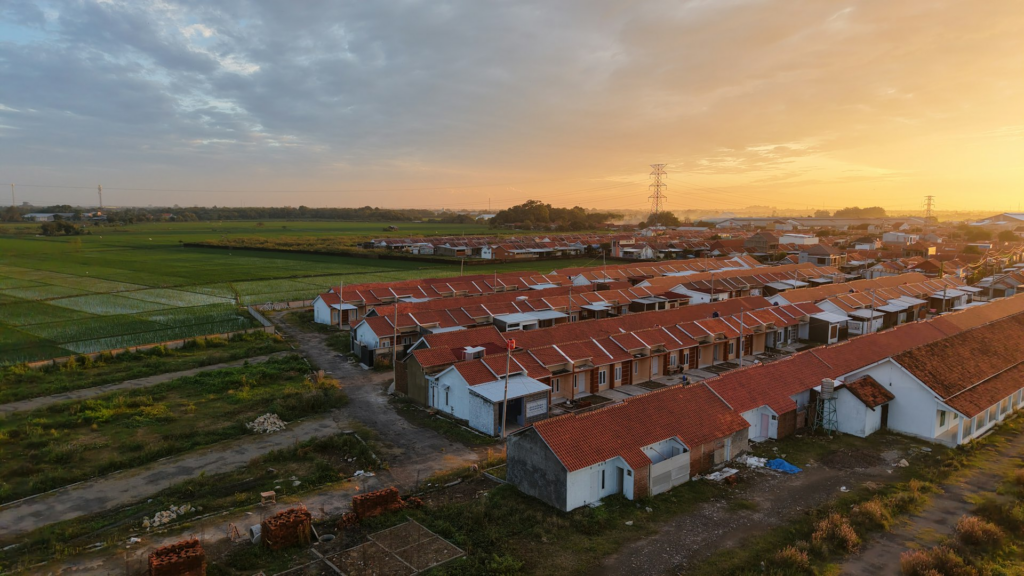
Indiana has long been a powerhouse for logistics, manufacturing, and distribution—and its industrial real estate market continues to reflect that legacy. With its strategic location, pro-business policies, and rapidly evolving infrastructure, the Hoosier State remains one of the Midwest’s most dynamic industrial hubs.
Whether you’re a seasoned investor or new to commercial real estate, here’s what you need to know about Indiana’s current industrial market—and what to watch moving forward.
1. Strategic Location Keeps Indiana in Demand
Indiana offers unbeatable logistical advantages:
- Central U.S. location with same-day access to 75% of the U.S. population
- Robust interstate network, including I-65, I-69, I-70, and I-74
- Proximity to major Midwest markets (Chicago, Detroit, Louisville, Cincinnati)
- Intermodal rail and airport access, including the Indianapolis International Airport—consistently ranked among the best for cargo
These factors make Indiana an ideal location for e-commerce, warehousing, third-party logistics (3PL), and advanced manufacturing operations.
2. High Demand, Low Vacancy—Especially Around Indy
According to 2025 data, Indiana’s industrial sector—particularly in Central Indiana—continues to experience record-low vacancy rates, driven by:
- Growing demand from national distributors and e-commerce companies
- New construction being absorbed faster than it’s delivered
- Expanding interest from automotive and electric vehicle (EV) suppliers
Key submarkets with high activity:
- Mount Comfort/Greenfield corridor (I-70 East)
- Plainfield and Avon (I-70 West)
- Whitestown and Lebanon (I-65 North)
- Greenwood/Franklin (I-65 South)
These areas offer large parcels, strong workforce access, and room for industrial parks and logistics campuses.
3. Speculative Construction Is Slowing, But Targeted Development Persists
In 2021–2023, developers poured billions into speculative (“spec”) industrial construction. While rising interest rates have slowed new projects, developers are still actively building:
- Smaller footprints (50,000–250,000 SF) for mid-size users
- Build-to-suit facilities for national brands
- Last-mile delivery hubs near population centers
Expect more cautious, tenant-driven development in 2025 and beyond—with a shift toward flexible warehouse and light industrial space.
4. Investment Remains Strong—but Smarter
Industrial properties across Indiana continue to attract investors thanks to:
- Stable tenants and long-term leases
- Favorable cap rates compared to larger metros
- Lower acquisition costs per square foot than Chicago, Columbus, or Nashville
That said, investors are becoming more selective—favoring buildings with:
- Clear ceiling heights
- Dock-high loading
- Highway visibility or direct access
- Long-term tenant stability and modern amenities (sprinkler systems, high-speed fiber, etc.)
5. Opportunities in Secondary and Emerging Markets
While Indy’s core submarkets remain hot, investors and tenants alike are exploring smaller cities for affordability and availability. Markets gaining traction include:
- Kokomo – driven by EV battery manufacturing
- Greenfield – seeing major logistics interest along I-70
- Anderson & Muncie – affordable land, established infrastructure
- Shelbyville & Columbus – auto suppliers and cross-dock operations
These areas offer lower land and labor costs, as well as economic development incentives that make industrial projects financially attractive.
Final Thoughts
Indiana’s industrial real estate market continues to offer stability, strong fundamentals, and long-term growth opportunities. Whether you’re looking to develop, lease, buy, or invest, success in this market depends on:
- Understanding shifting supply/demand dynamics
- Aligning with regional infrastructure and labor trends
- Partnering with local brokers who know how to navigate zoning, incentives, and timing
At Annie Scott Realty Group LLC, I help clients position themselves wisely in a fast-evolving industrial landscape—from speculative site selection to off-market acquisitions.
Looking to invest or sell industrial property in Indiana? Let’s start with a conversation.
Photo Credit: Luxury Presence
Sources:
- Colliers Industrial Market Report – Central Indiana, Q1 2025
- Indiana Economic Development Corporation (IEDC)
- U.S. Census Bureau – Regional Workforce Statistics
- NAIOP – 2025 Industrial Development Trends

